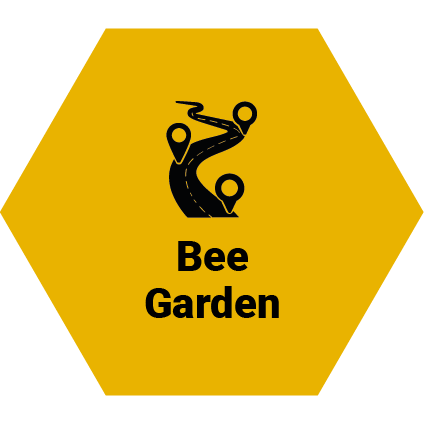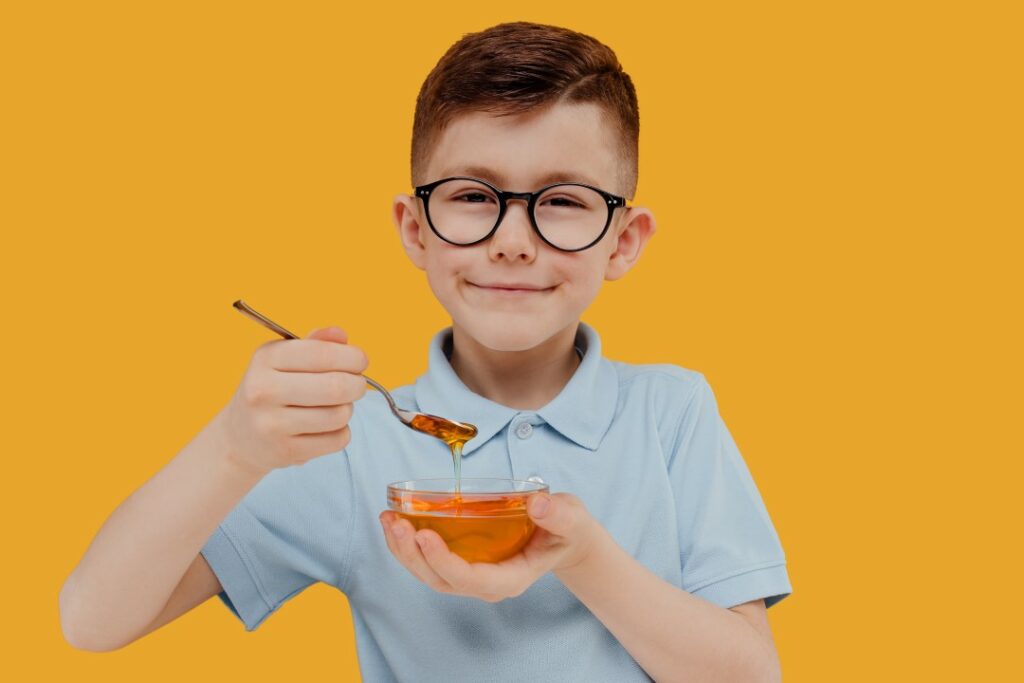Honey, this “golden” material that nature has given us, is not just a simple food and especially for children. It is also a medicine! What does this mean? Pediatrician Dr. Spyros Mazanisou explains!
We all know that honey is one of the most valuable foods. But how many people know that honey for a child is both a food and a medicine for many disease conditions? With good reason, many mothers ask since when they can give honey to their child and in what way.
From when do we give honey? Before the age of 12 months, giving honey in any way is strictly forbidden and this is because a dangerous bacterium called clostridium can cause acute food poisoning that causes the paralytic disease botulism and can even lead to the death of the infant, who before the year is not able to “fight” this microbe. Consequently, the bad habit of sweetening the child with honey in his pacifier to quiet him when he cries should be cut out. 1.It contains iron, folic acid and copper which increase the percentage of hemoglobin in the blood and prevent it from anemia. 2.It contains some of the most essential amino acids like proline, phenylalanine, tyrosine, valine etc. 3. Contains vitamin C, vitamin B6, B12, calcium, phosphorus, magnesium, magnesium, sodium, potassium, zinc, chrysin, catalase and other vitamins and minerals essential for the child. 4. Contains natural carbohydrates (fructose and glucose) and is 30% sweeter than industrialized sugar. It also has almost zero fat. 5.It contains substances that help in the absorption of calcium and magnesium which are essential for the development of the skeleton and bones, as well as teeth.
Honey as medicine 1.Honey contains powerful antioxidants such as vitamin C, chrysin, catalase, caffeic acid which even have antibacterial activity. 2.Strengthens the child’s defense and immune system as it contains antimicrobial and antiseptic activity with substances such as lysosin, flavonoids and phenols. 3. It strengthens tired children, exercise and reading and speeds up their recovery in case of illness. 4.Against constipation as it has a natural and mild laxative action due to its fructose and choline. 5.It is calming and relaxing as it helps to soothe bowel colic and facilitates sleep. It can be given with milk or chamomile. 6. 7.It provides potent mucolytic and antitussive therapy and thus reduces the administration of antitussive drugs.
How and how much to eat? First of all, not all honeys are of the same quality. Do not use honey from bees that have been fed sugar or other sweeteners rather than from nature. Also, quality and consistency will vary depending on how it was harvested, weather conditions and storage. Usually darker coloured honeys are better quality in antioxidants while lighter coloured honeys have a rather better taste. The daily dose is. From 1-5 years of age half a gram for every kilogram of weight, 2. From 5 years of age and up one gram for every kilogram of weight. Like all foods, honey can cause allergic reactions if the child is sensitive to the ingredients.















